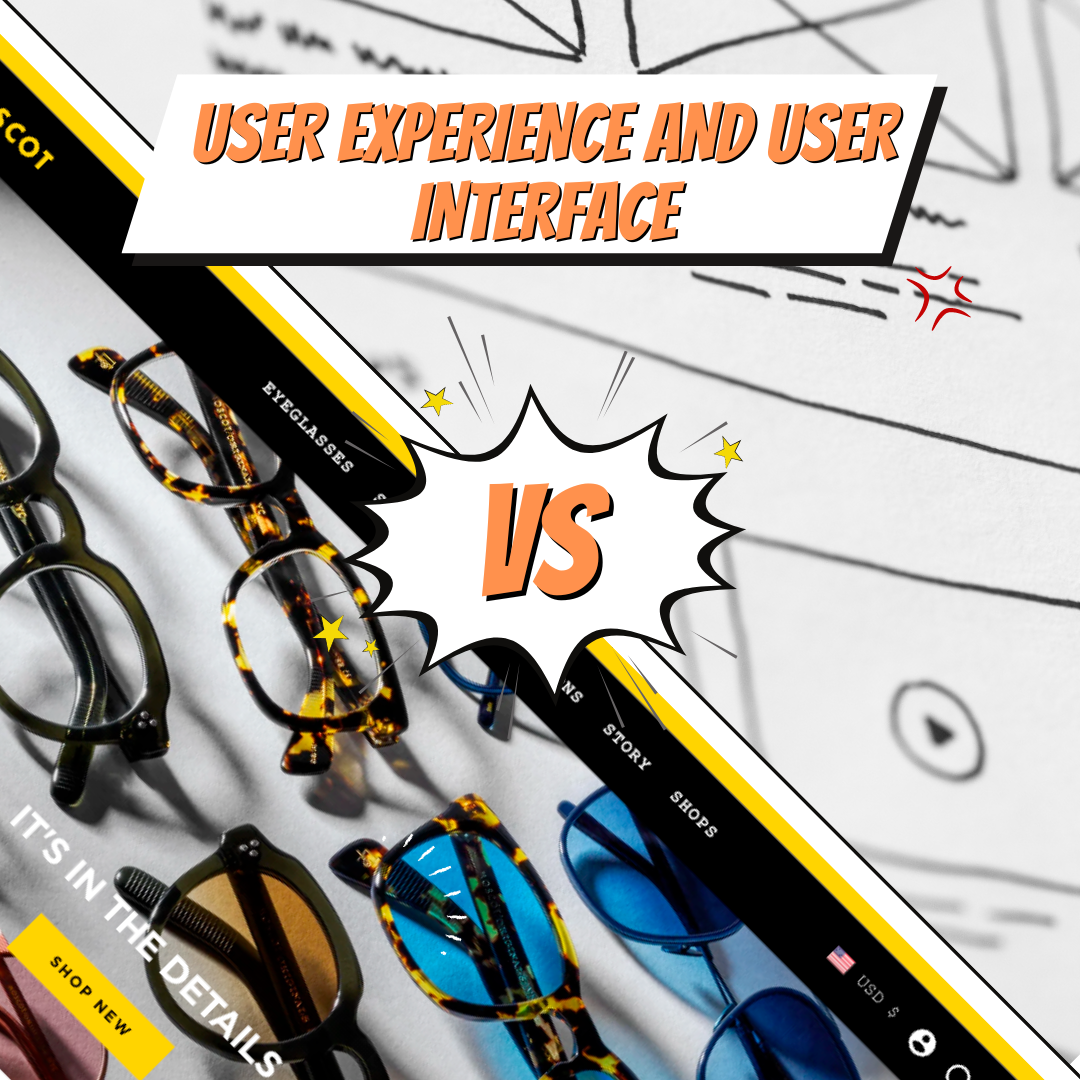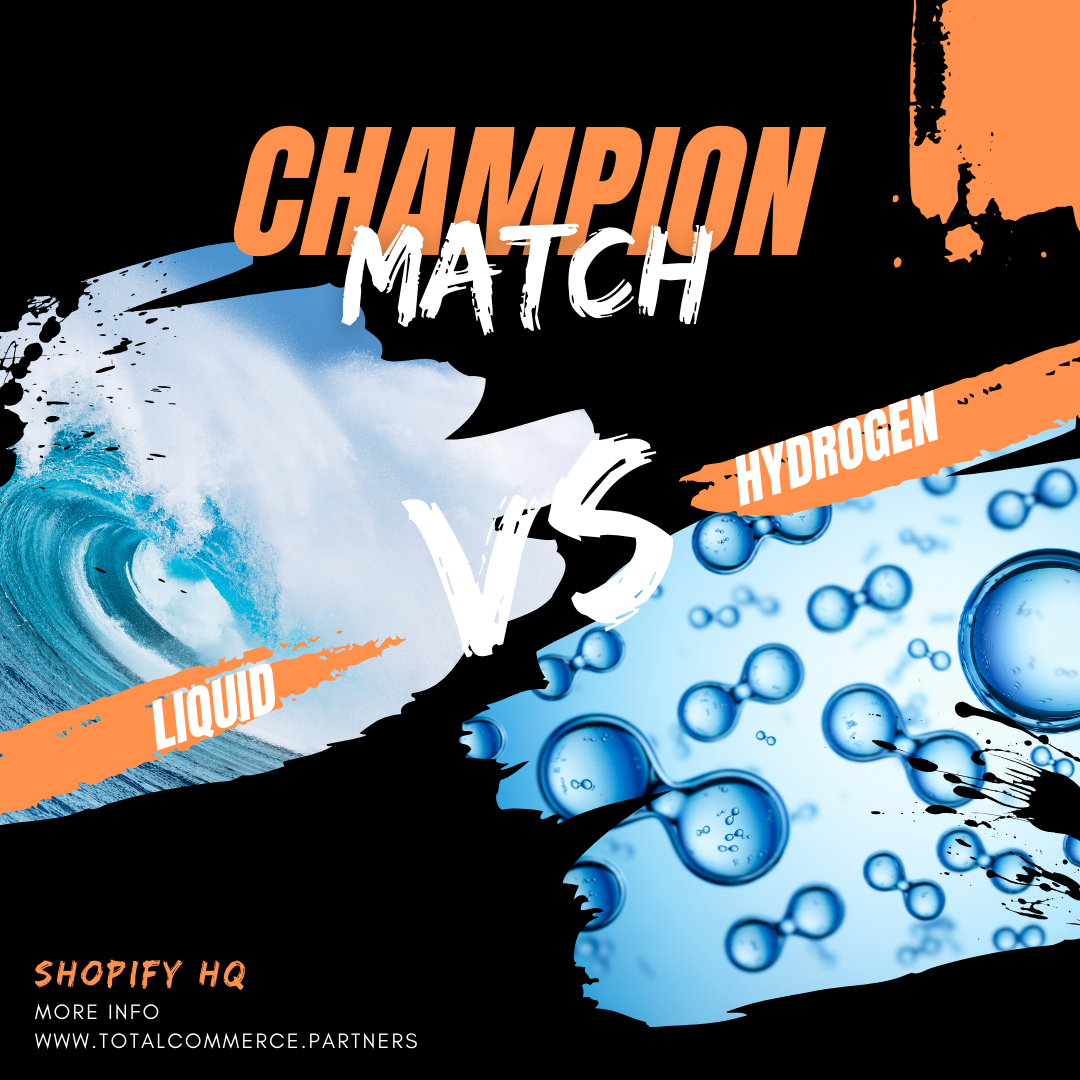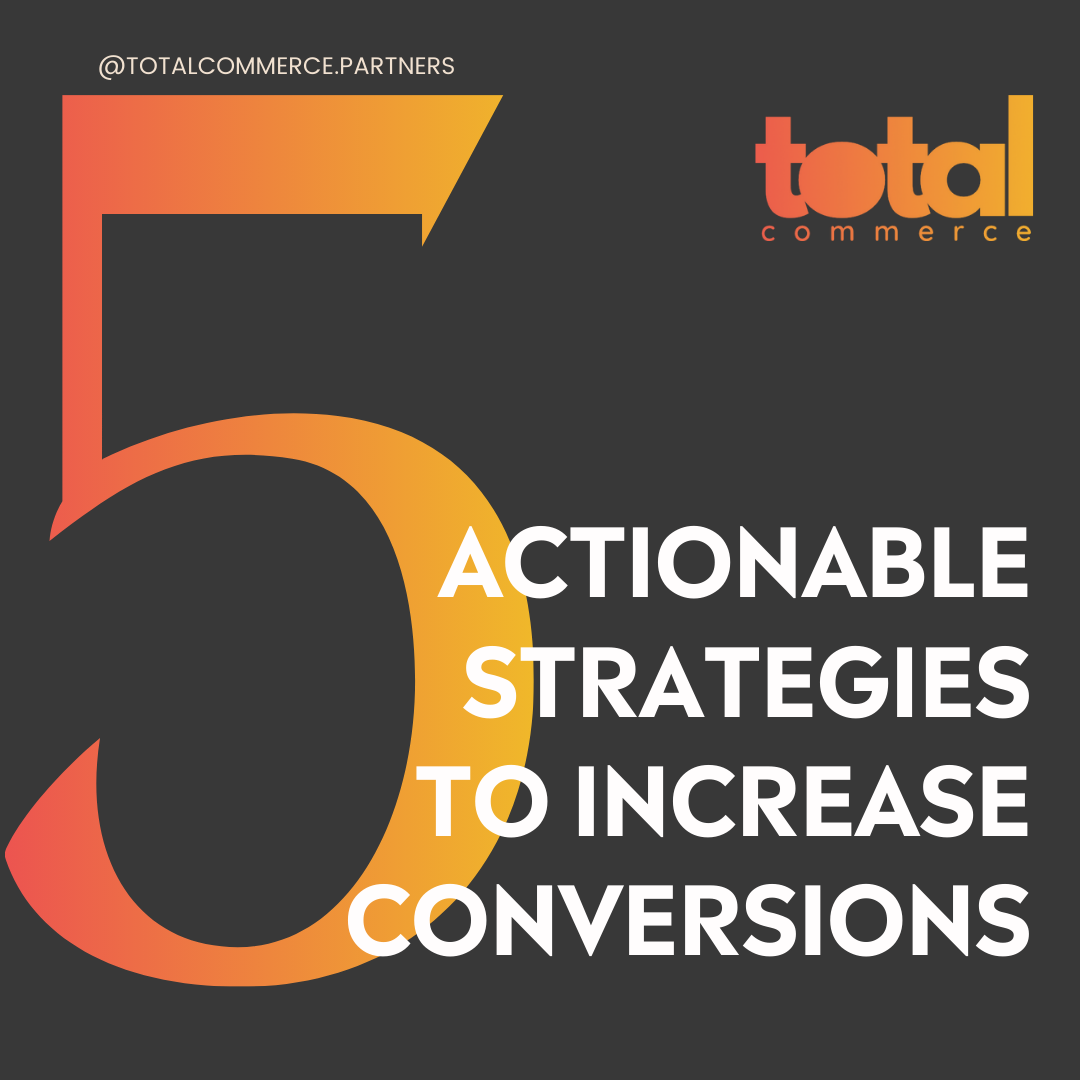Understanding the nuances of design is crucial for creating eCommerce websites that attract visitors and convert them into loyal customers. Two terms that frequently pop up in design discussions are UI (User Interface) and UX (User Experience).
While these terms are often used interchangeably, they represent different aspects of the design process. In this blog, we'll delve into what UI and UX design entail, how they differ, and why they are both vital for the success of an eCommerce website.
Understanding UI Design
First impressions last! When a potential shopper lands on a website, they formulate an instant opinion of the company based on what they see. If your eCommerce website is visually attractive, the person will be more likely to spend time (and money!) on your site.
User Interface (UI) Design is all about the look and feel of a website or application. It's the graphical layout of an application, which includes buttons, icons, spacing, typography, color schemes, and responsive design.
Key Elements of UI Design:
- Visual Design: This includes color schemes, typography, and the overall look of the interface. It's about creating an aesthetically appealing design that aligns with the brand's identity.
- Interactive Elements: These are the buttons, icons, sliders, and other elements users interact with. They must be designed to be intuitive and easy to use.
- Layout and Structure: This involves arranging the interface elements in a way that is clear and easy to navigate, ensuring potential shoppers can find what they need quickly and efficiently.
- Responsiveness: Mobile browsing is King, so ensuring the interface works well on various screen sizes and devices is crucial.
The Role of a UI Designer
UI designers are responsible for the overall visual aesthetics and ensuring the interface is attractive and pleasing to the user. They focus on the aesthetics and interactive aspects of the design. They work on creating a visually cohesive look and feel, ensuring consistency across all elements, and maintaining the brand's visual identity.
Understanding UX Design
Even if it is aesthetically perfect, there's more to an eCommerce store than looks. Even the best looking site can become ineffective if it's challenging to navigate. How a shopper experiences your store will significantly influence what they buy.
User Experience (UX) Design concerns the overall experience of a user as they interact with a website or application. It's about making sure the user's journey through the site is smooth, intuitive, and satisfying. UX designers look at the website's usability, functionality, and overall structure.
Key Elements of UX Design
User Research: Understanding the needs, behaviors, and pain points of the target audience through surveys, interviews, and usability tests.
- Information Architecture: Structuring and organizing the site's content in a way that users can find information easily and navigate the site without confusion.
- Wireframing and Prototyping: Creating low-fidelity representations of the website's layout and flow to test and refine the user journey.
- Usability Testing: Conducting tests with real users to identify issues and areas for improvement in the user journey.
- Interaction Design: Ensuring that the flow and functionality of the site are intuitive and that users can achieve their goals with minimal effort.
Role of a UX Designer
A UX designer hones in on the overall experience and functionality of the site. They aim to understand user needs and create a product that is straightforward and enjoyable to use. They work closely with UI designers to ensure that the interface not only looks good but also works well.
UI vs. UX: The Differences
While UI and UX design are intertwined and both essential for the success of a website, they have distinct differences:
What They Are Focused On
UI Design concentrates on the visual and interactive elements of the interface while UX Design focuses on the overall user journey and experience.
Individual Processes
UI Design is involved with creating the look and feel of the interface, selecting color schemes, typography, and designing interactive elements, while UX Design requires user research, creating personas, information architecture, wireframing, and usability testing.
Varied Goals
UI Design aims to create an attractive, visually appealing interface that engages users, while
UX Design's goal is to create a seamless, efficient, and enjoyable user experience.
The Outcome
Good UI Design results in a visually cohesive and attractive interface, while good UX Design results in a user-friendly and intuitive experience.
The Synergy Between UI and UX
In the context of eCommerce, the synergy between UI and UX design is crucial. A beautifully designed website (UI) that is difficult to navigate (poor UX) will frustrate users and drive them away. Conversely, a highly functional site (good UX) that looks unappealing (poor UI) will fail to engage users visually. Here are the top three reasons why combining UI and UX is essential:
- User Retention: A good UI grabs the user's attention, while a good UX ensures they stay and complete their journey.
- Conversion Rates: A well-designed UI can lead to higher engagement, while a seamless UX can lead to higher conversion rates.
- Brand Loyalty: A positive user experience fosters brand loyalty, while a visually appealing interface reinforces brand identity.
The Importance of UI/UX Audits and A/B Testing
We've uncovered the deeper nuances of UI/UX and their importance. The next question is how to uncover where these integral elements are lacking. Conducting a UX/UI audit can uncover simple yet impactful fixes that significantly enhance conversion rates. Minor adjustments to design elements or user flow can often lead to substantial improvements in user experience and engagement.
Additionally, running A/B tests on all UX and UI updates is crucial to determine the effectiveness of changes. Unlike merely copying competitors, A/B testing provides data-driven insights that ensure the updates truly resonate with your audience. For more on successful UX/UI strategies, check out our Moscot case study and learn about best practices in our A/B testing blog.
Conclusion: Both UI and UX Are Essential
Understanding the difference between UI and UX design and the importance of both is vital for any eCommerce business aiming to create a successful online presence. UI design focuses on the aesthetics and interactive elements, ensuring the website is visually appealing. UX design focuses on the overall user journey, ensuring the website is functional and user-friendly.
Creating successful digital experiences hinges on the synergy between User Interface (UI) and User Experience (UX) design principles. By integrating both UI and UX design principles, eCommerce businesses can create websites that attract visitors and provide a seamless and enjoyable experience, ultimately leading to higher engagement, conversion rates, and brand loyalty.
Investing in both UI and UX design is not just beneficial; it's essential for standing out and succeeding in the market.




